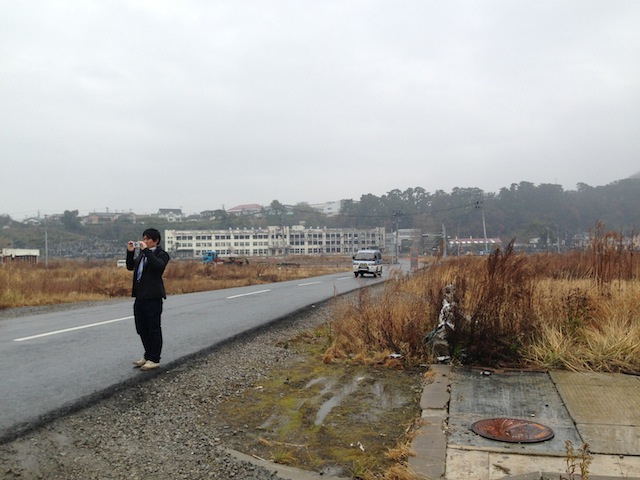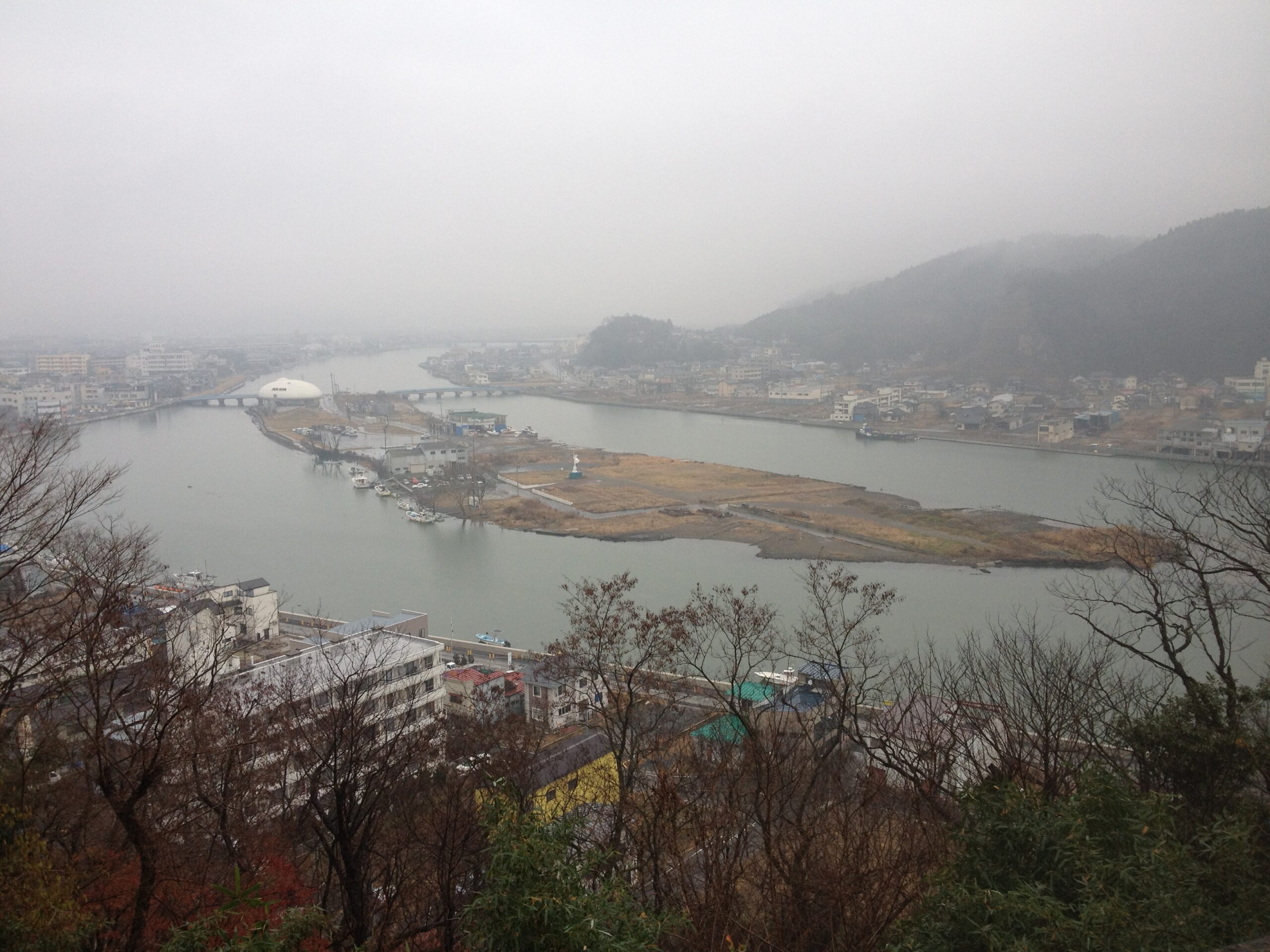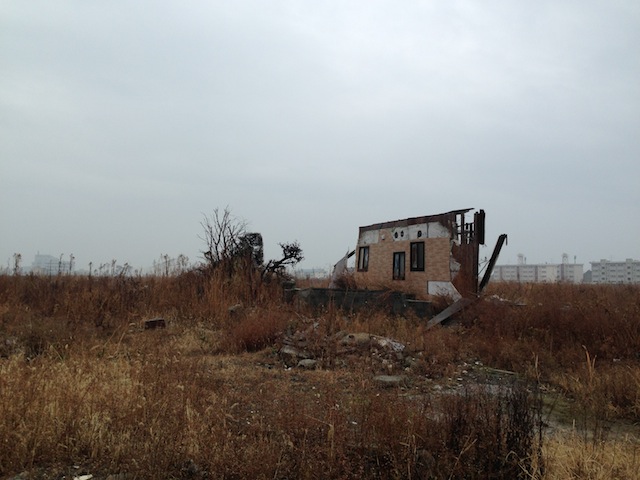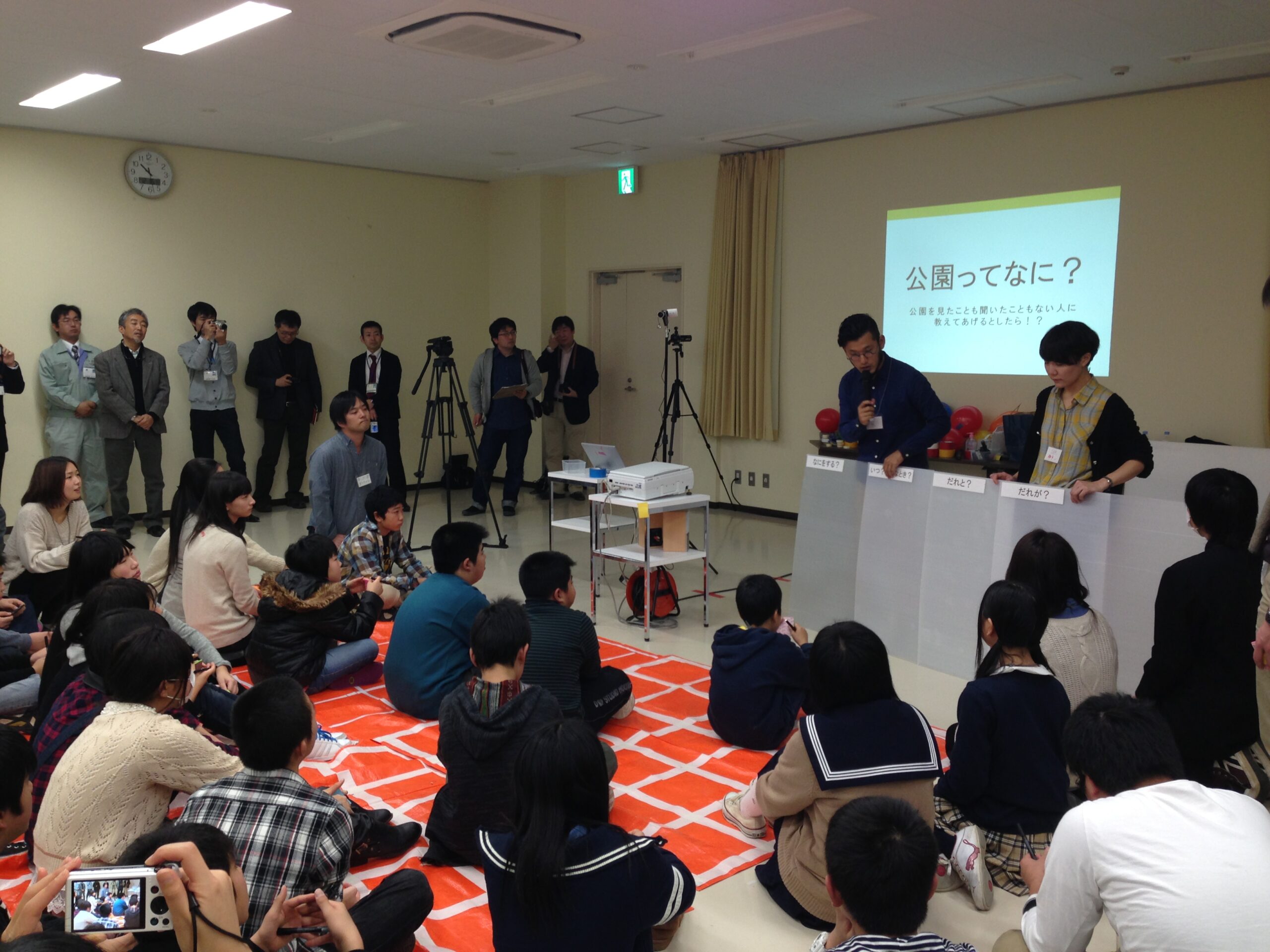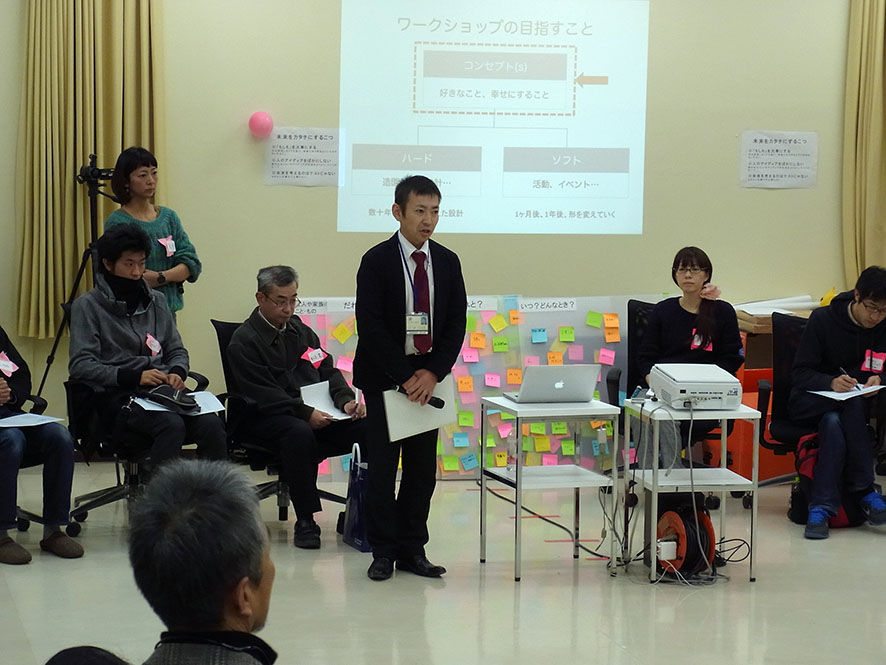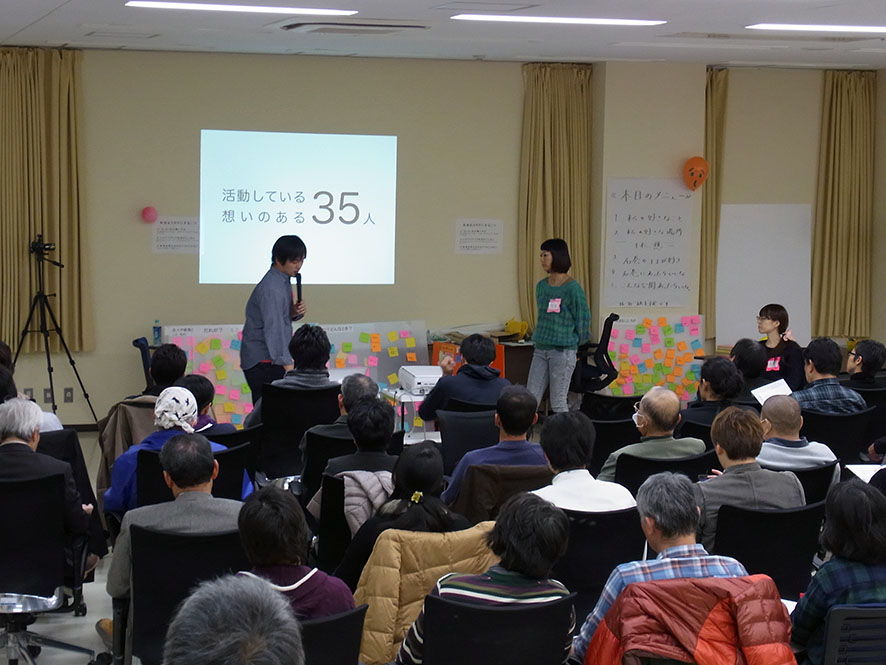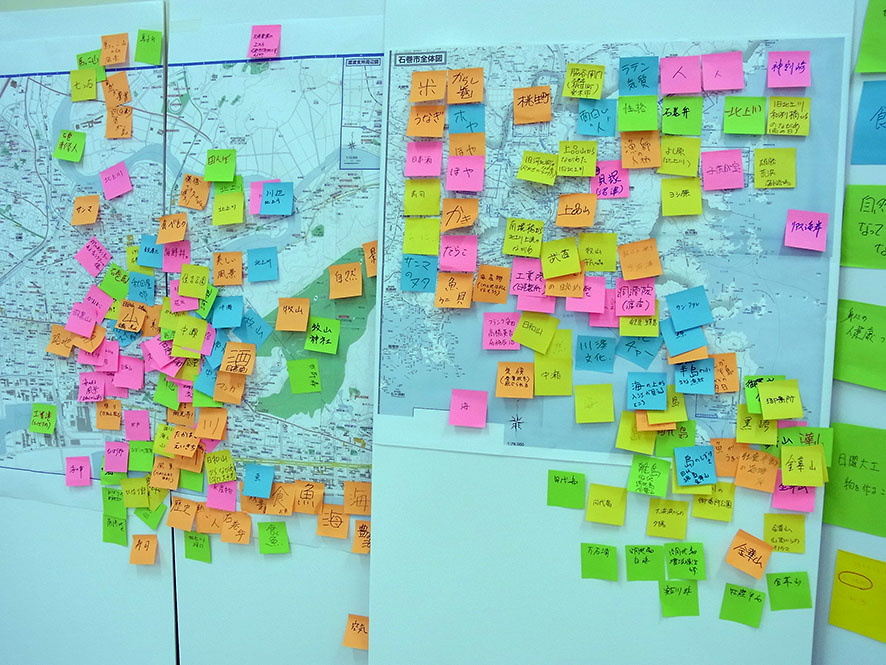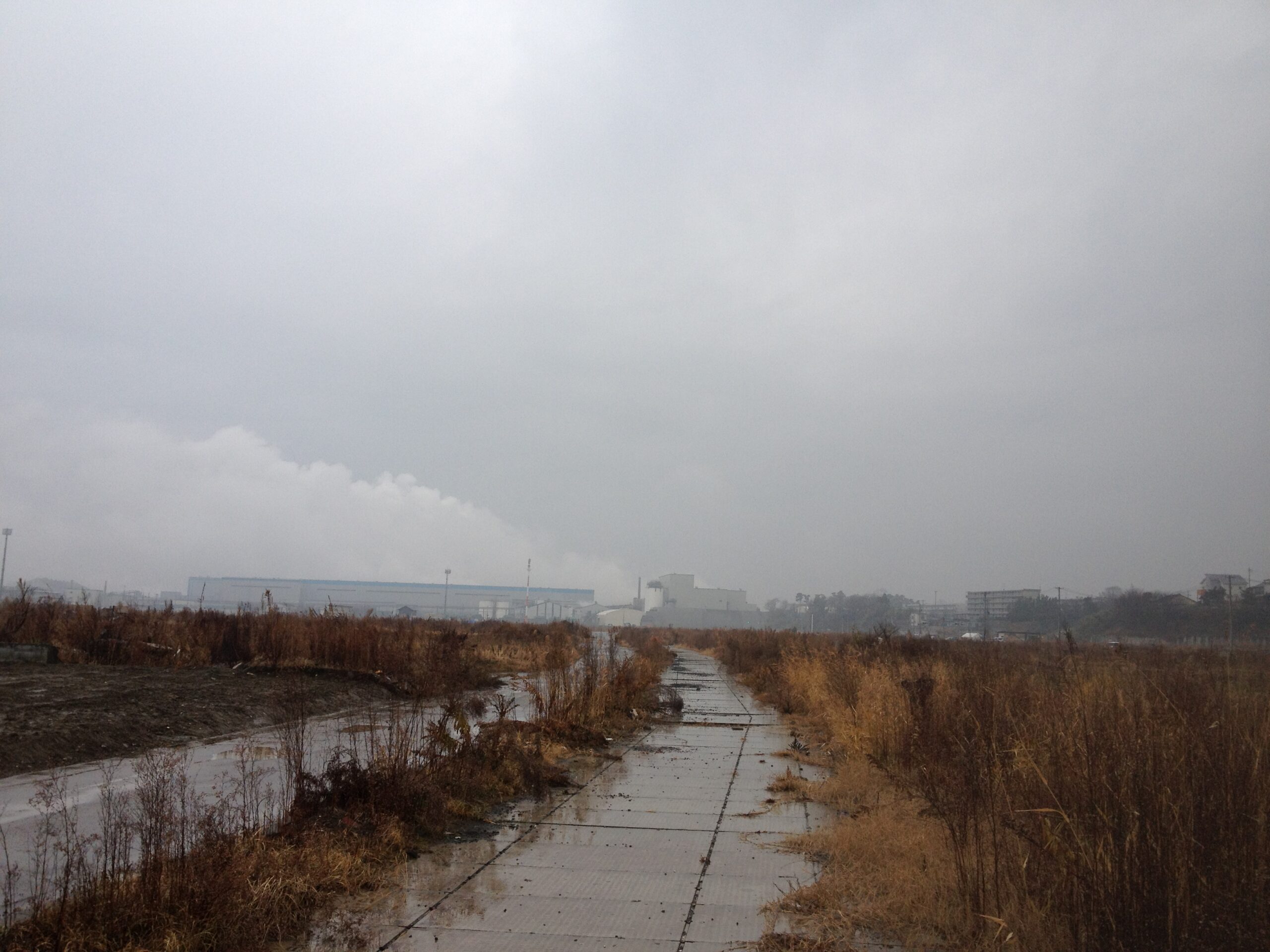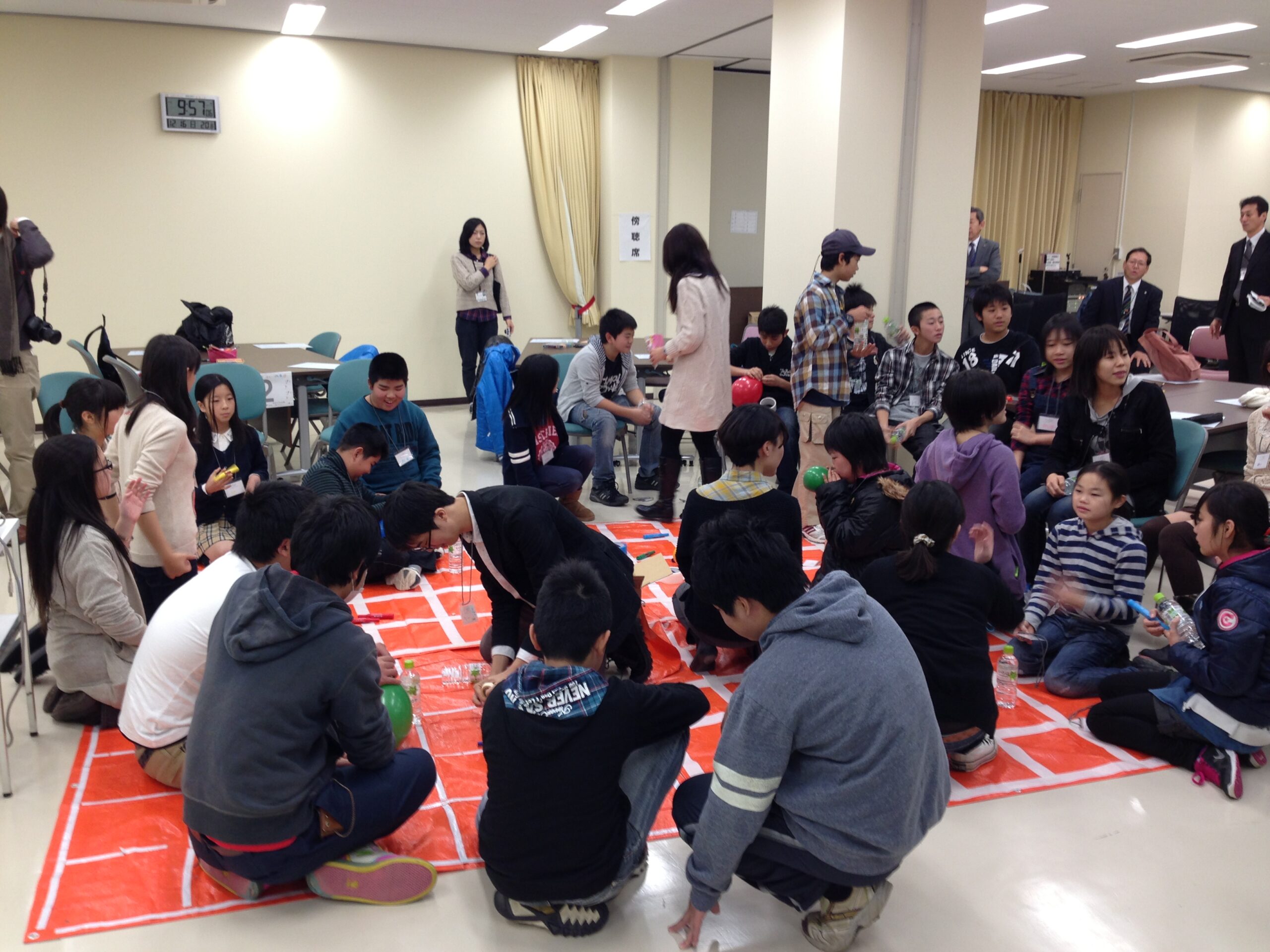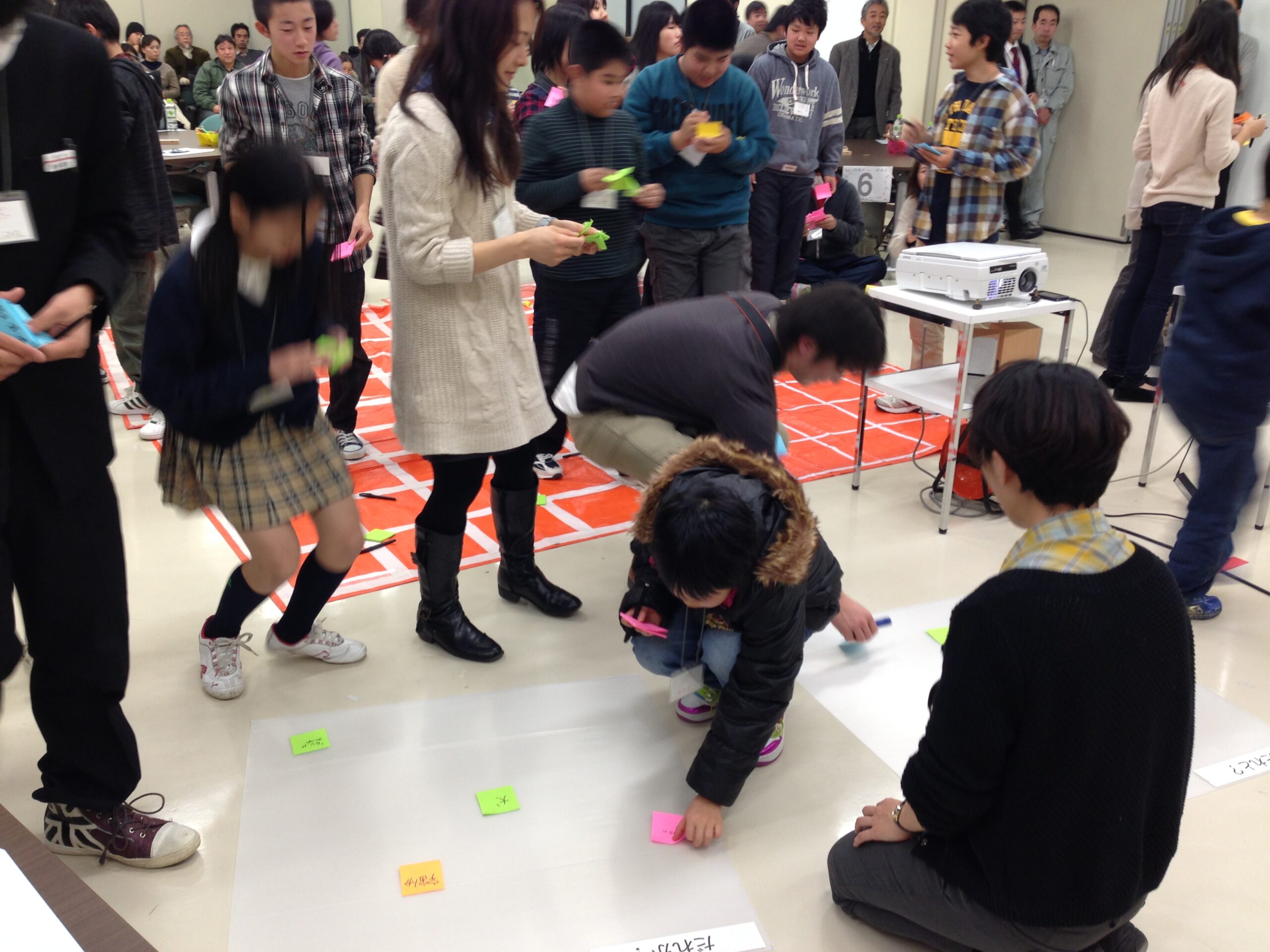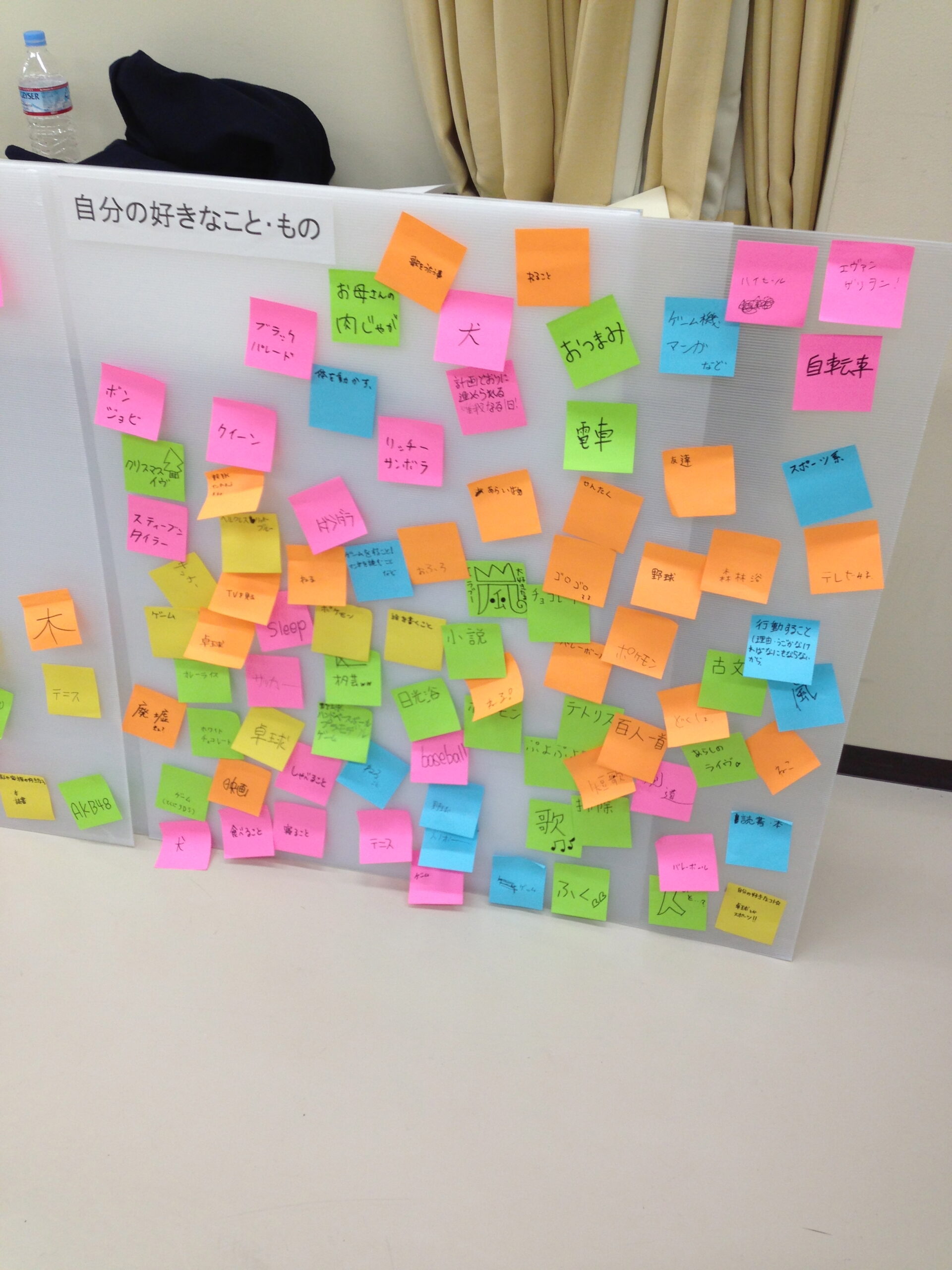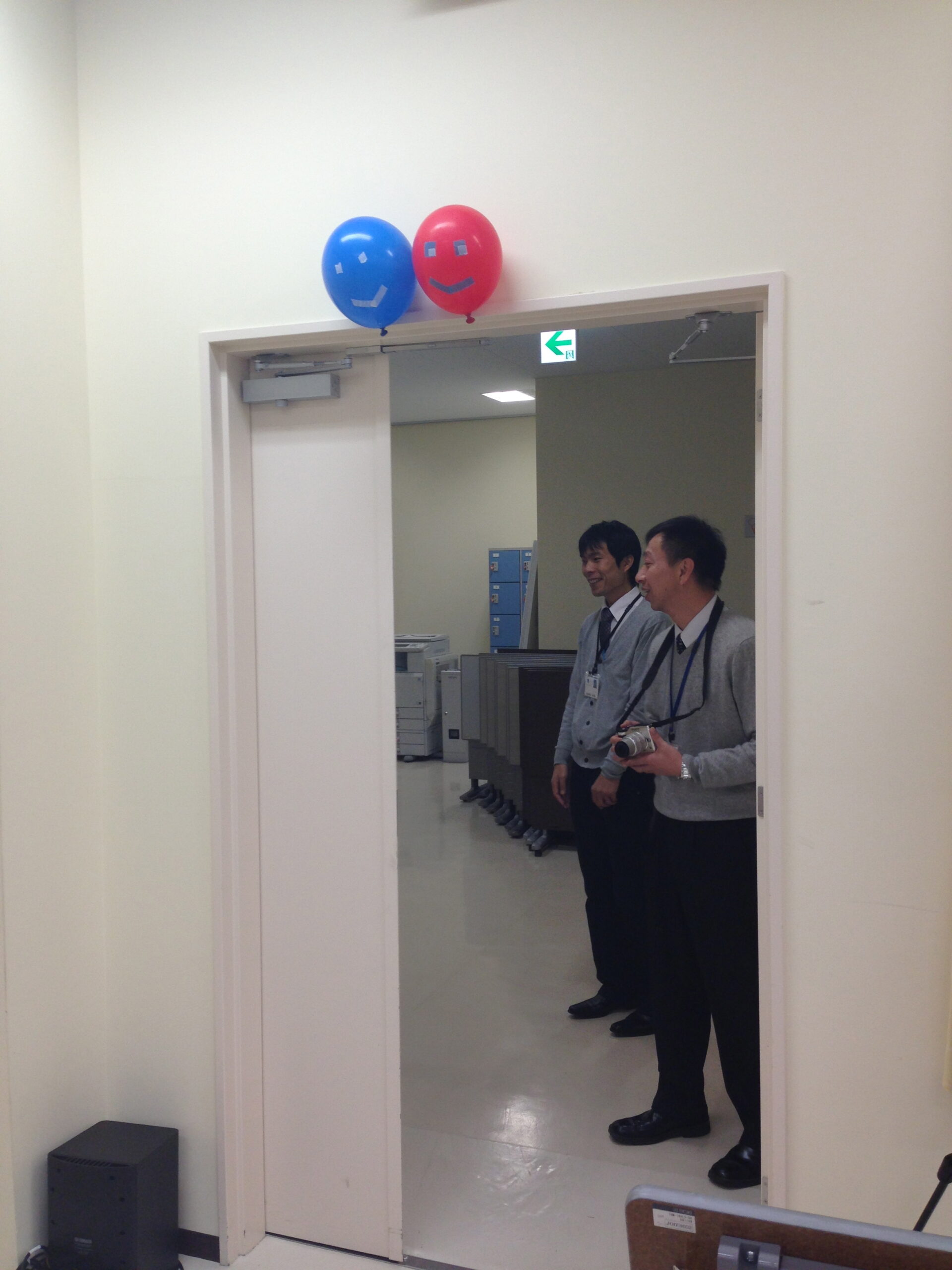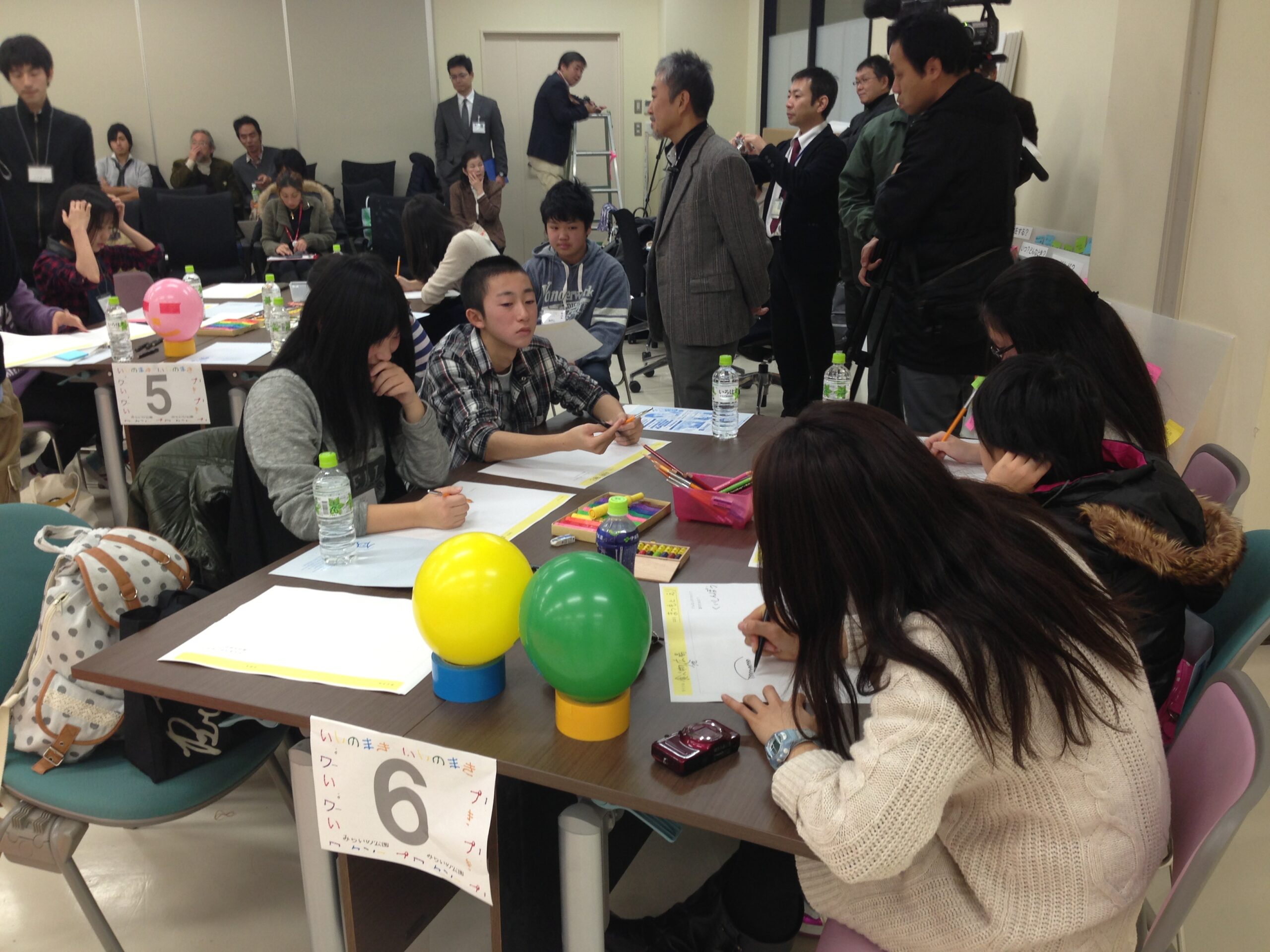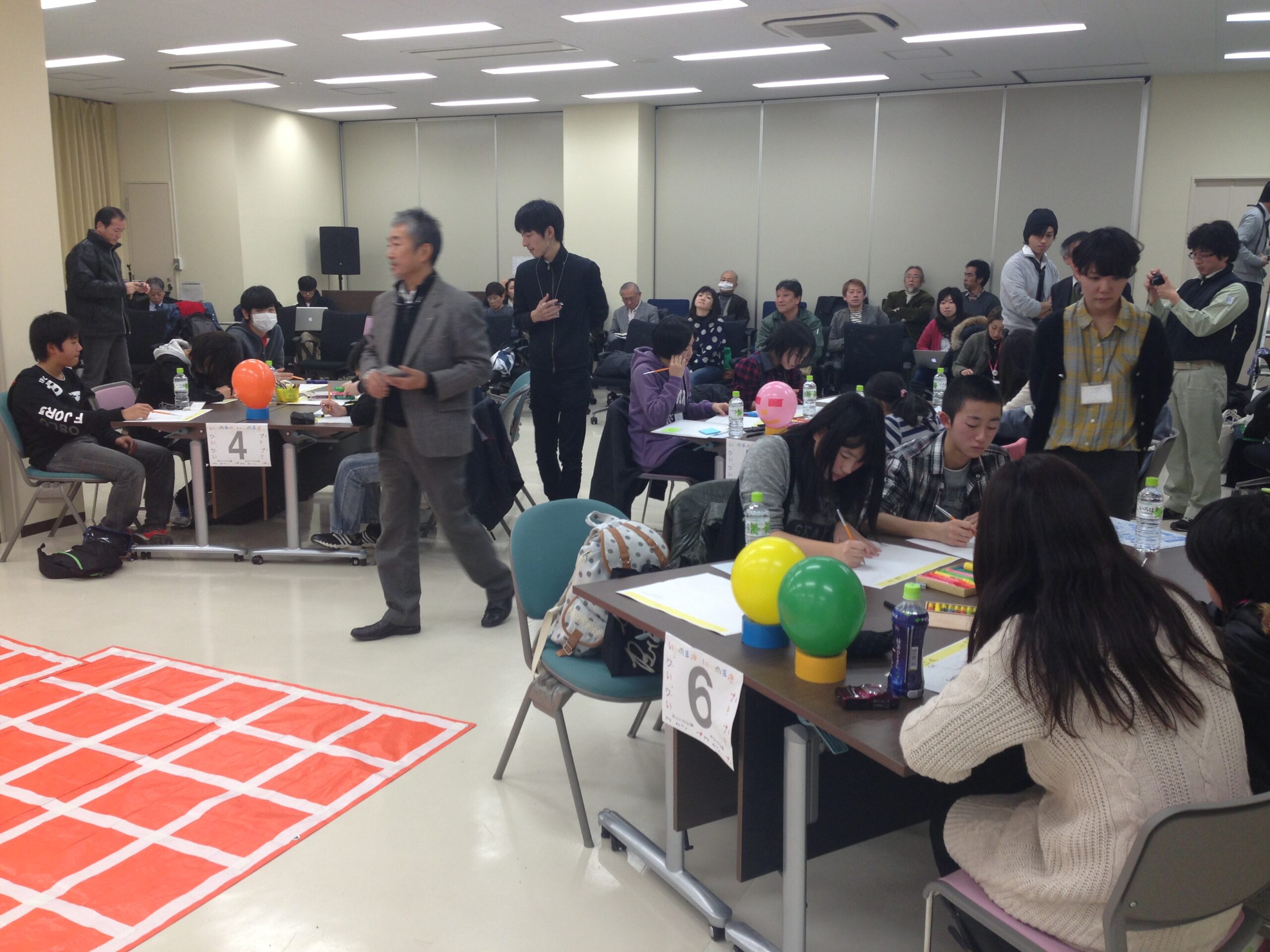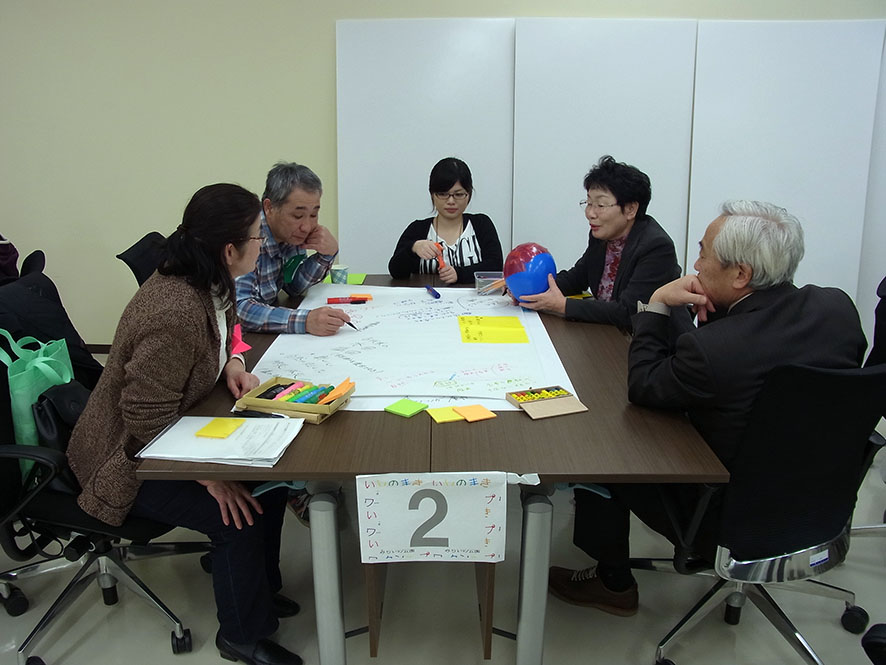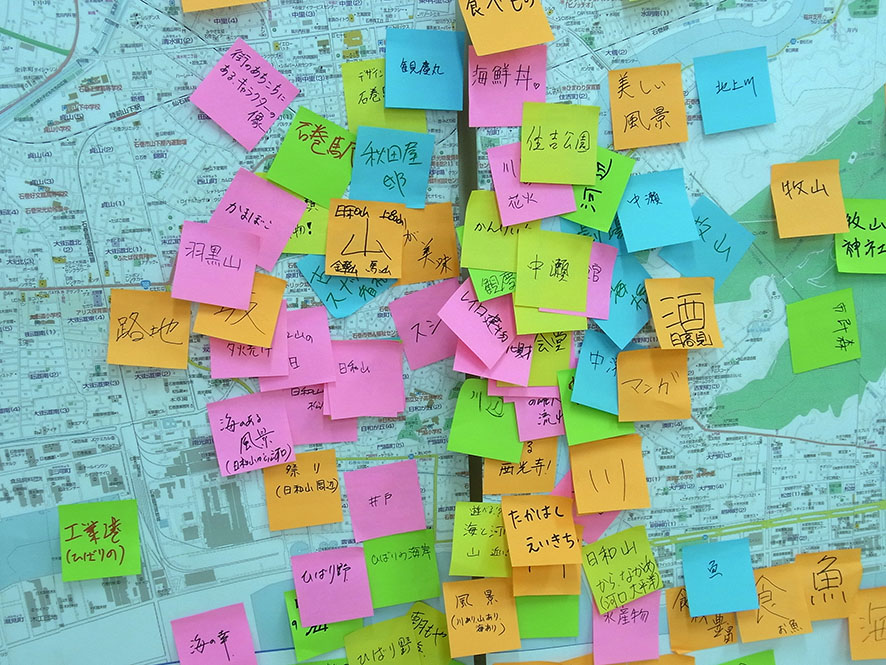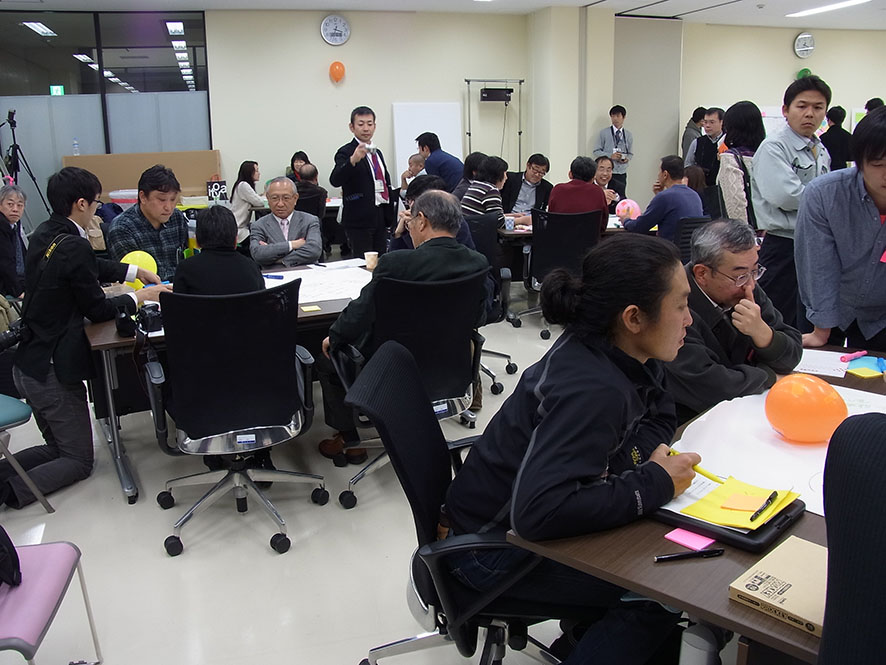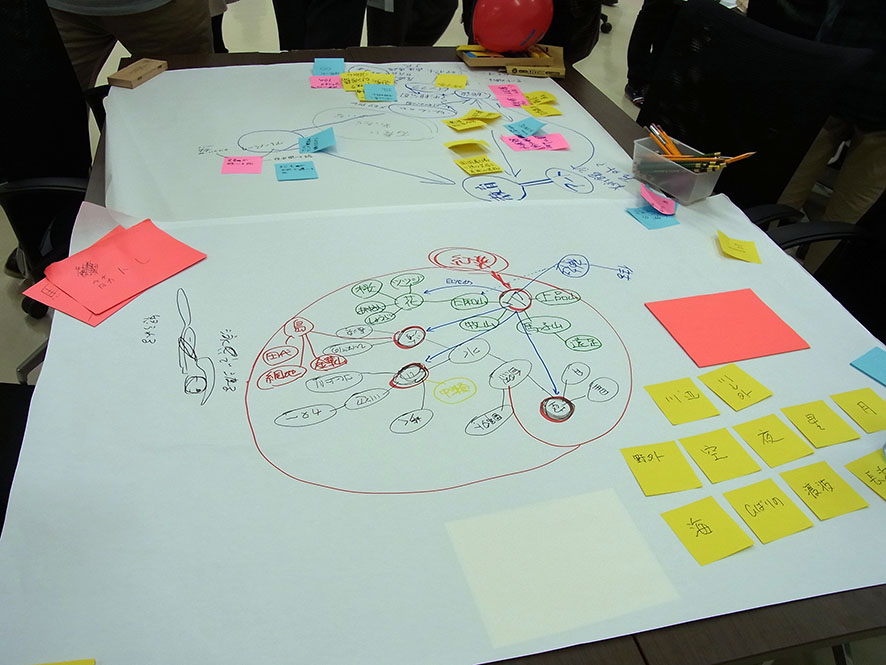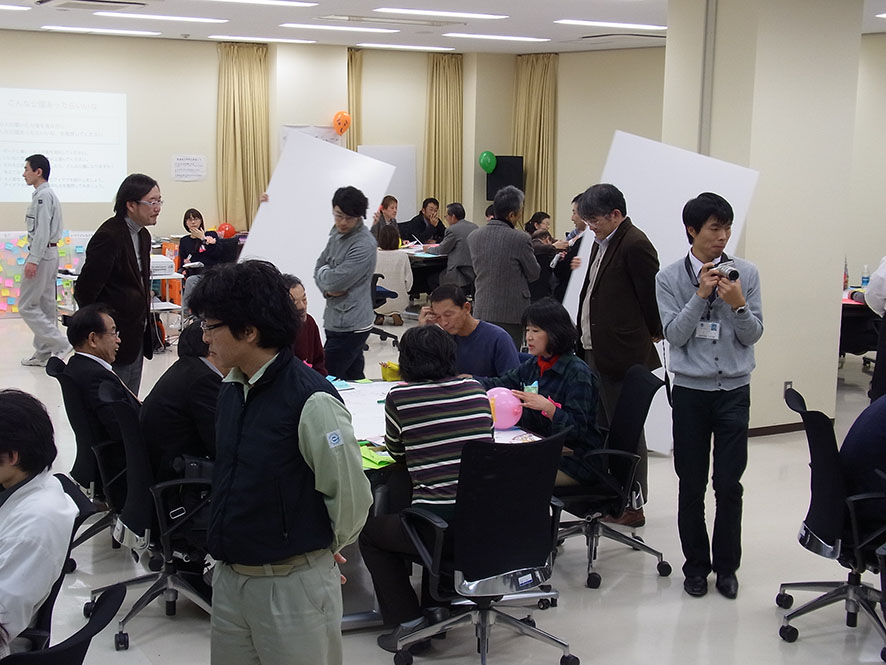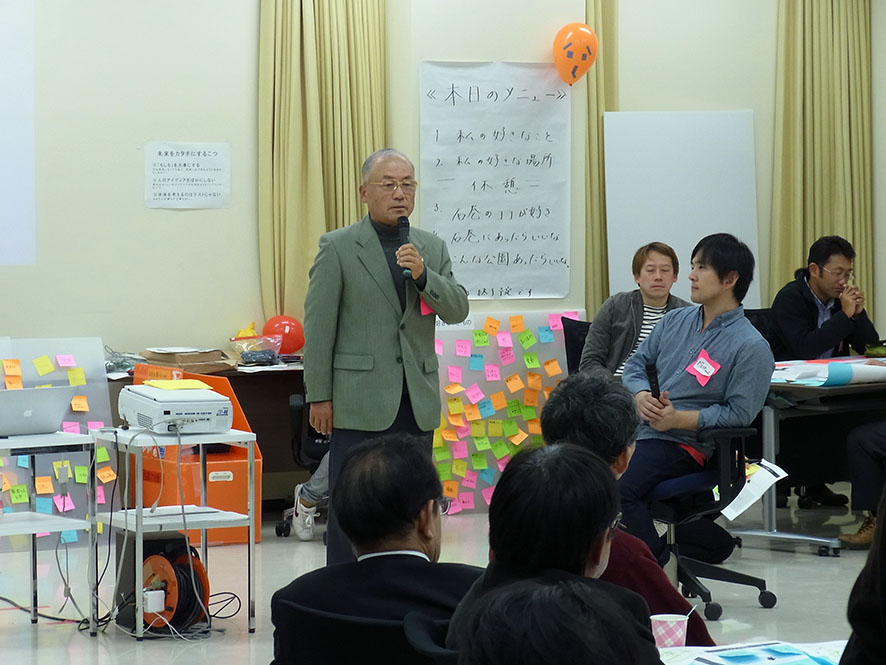Community Engagement for Tsunami Memorial Park
In 2011, my design and research works gradually became more and more fulfilling. Actually, I was thinking of saving money and going to graduate school in five years after getting a job, but in my eighth year with the company, my work became unexpectedly interesting. At that time, the Great East Japan Earthquake occurred. Two days after the earthquake, I went on a business trip to the United States, and although information about the disaster area was still limited at that time, I learned that four of my relatives had died while traveling…
Fortunately, the bodies were found, and after returning to Japan, I went to Ishinomaki to check on their dead bodies. I also visited to Rikuzentakata where my friends live and actively work as volunteers. I felt that unlike doctors, there was a limit to what I could do. I wondered if my skills in ethnography, design, and product and service design would not be useful before the earthquake, but I also felt that I had a role to play, such as listening, learning deeply about things, and sharing and discussing what I discovered. I felt that art and design had different possibilities, but I thought that design would be useful for taking on the challenge of something new and thinking about how to do the future of the region. While I was talking about this, I met a person from an urban planning company through an acquaintance’s introduction. There is a plan to build an earthquake reconstruction memorial park in Ishinomaki, and the mayor wants to plan the park with the participation of residents, but he does not know how to proceed. Before the earthquake, the planned site of the park was an area lined with residential areas and factories.
Local groups say they want to build cultural facilities and sports stadiums for the reconstruction of Ishinomaki. On the other hand, for the victims who lost their families in the tsunami, even if they are asked to use the site of their own house as a ground, they are only saddened and cannot keep up emotionally. It has only been one and a half years since the earthquake struck. Both sides only state their position on Ishinomaki City, and the story does not mesh. Such a difficult situation had occurred. Therefore, based on a request from Ishinomaki City, I held a workshop with local stakeholders such as civic groups and NPOs. Before making a plan for the park, the work began by creating a place to talk.
Through the three workshops for adults and children, what made me happiest was that local NPOs and disaster victims exchanged contact information and had regular opportunities to talk directly with each other, even though they had only expressed their opinions to Ishinomaki City until then. It may be natural because we are local people, but I feel that there are surprisingly many cases where we can’t talk because we are in the neighborhood, we can’t communicate because we are in the same organization, and there are few conversations because we are a family.
The direction of the park was not unified in one of the three workshops, but I think the biggest takeaway was that people with different opinions discussed directly and created human relationships by recognizing each other’s positions. After that, citizens’ groups began to exchange opinions directly with each other without going through the city to create plans, and this was the moment when democracy in the original sense began.

